Engine Oil DURAMAX Diesel
Checking Engine Oil
It's a good idea to check your engine oil level every time you get fuel. In order to get an accurate reading, the oil must be warm and the vehicle must be on level ground.
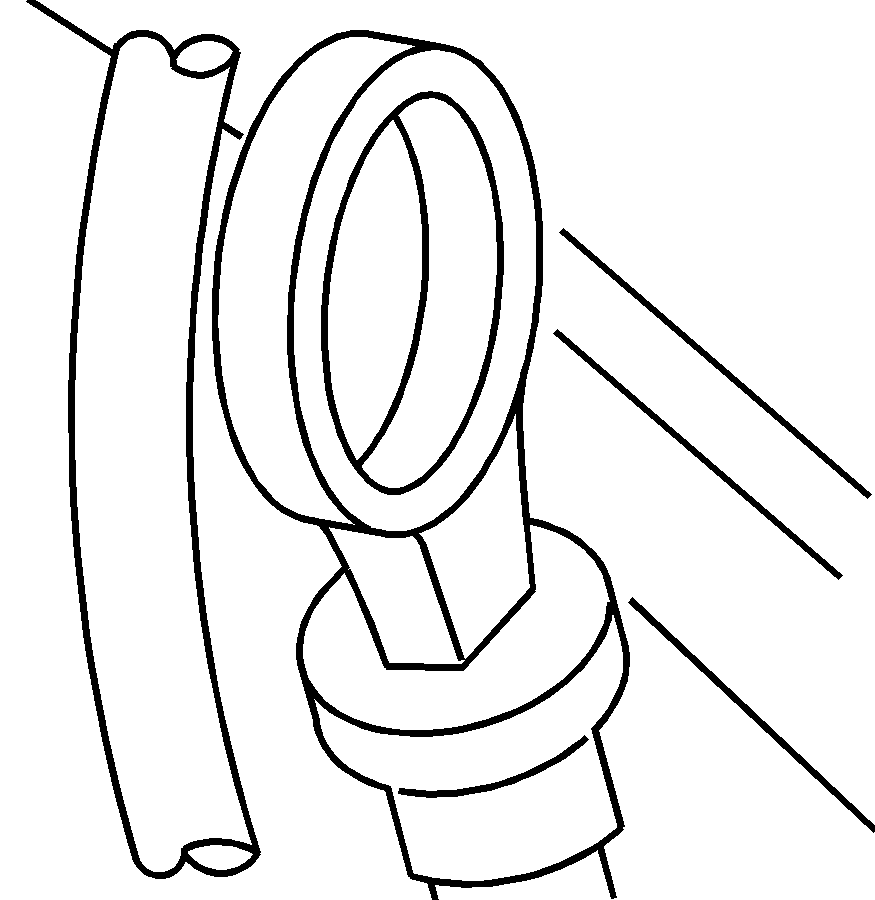
The engine oil dipstick is located in the engine compartment on the driver's side of the vehicle.
In order to get an accurate reading, the oil must be warm (at normal operating temperature) and the vehicle must be on level ground.
Turn off the engine and give the oil at least five minutes to drain back into the oil pan. With a cool engine, allow 30 minutes. If you don't, the oil dipstickmight not show the actual level.
Pull out the dipstick and clean it with a paper towel or a cloth, then push it back in all the way. Remove it again, keeping the tip down.
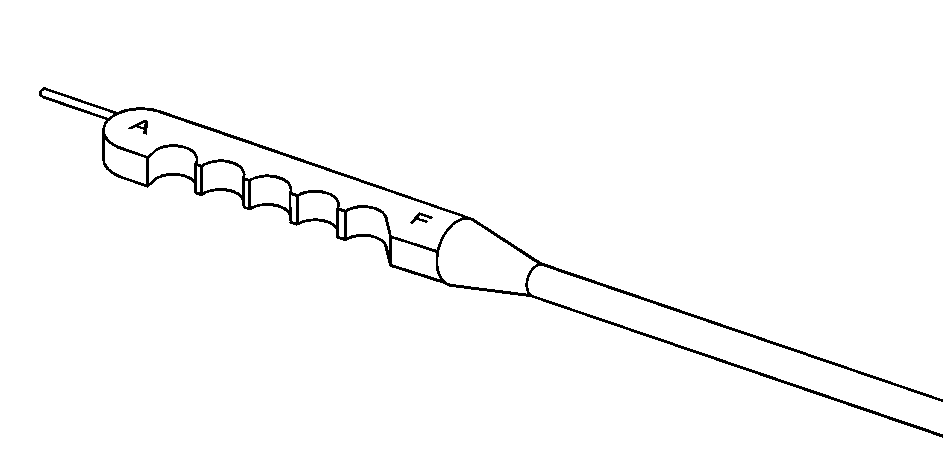
When to Add Engine Oil
If the oil is at or below the ADD line, then you'll need to add at least one quart of oil. But you must use the right kind. This part explains what kind of oil to use. For engine oil crankcase capacity, see Capacities and Specifications .
Notice: Do not add too much oil. If your engine has so much oil that the oil level gets above the F mark that shows the proper operating range, your engine could be damaged.
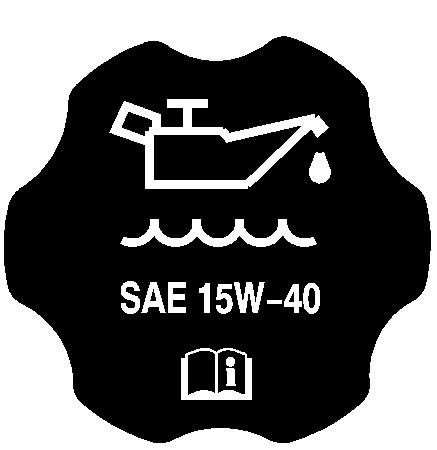
Be sure to fill it enough to put the level somewhere in the proper operating range. Push the dipstick all the way back in when you're through.
What Kind of Engine Oil to Use
Look for these two things:
| • | CI-4 or CH-4 |
| Oils designated as API CI-4 or CH-4 are recommended for your vehicle. The CI-4 or CH-4designations may appear either alone, together or in combination with other API designations,such as API CI-4/SL. |
| These letters show American Petroleum Institute (API) levels of quality. |
Notice: If you use oil that does not have this designation, CH-4, you can cause engine damage not covered by your warranty.
Notice: Use only engine oils that have one of these designations, CI-4 or CH-4, for the Duramax® diesel engine. Failure to use the recommended oils can result in engine damage not covered by your warranty.
| • | SAE 15W-40 |
| As shown in the viscosity chart, SAE 15W-40 is best for your vehicle. However, you can use SAE 10W-30 at temperatures above 0°F (-18°C). When it's very cold, below 0°F (-18°C), you should use SAE 5W-40 to improve cold starting. |
| These numbers on the oil container show its viscosity, or thickness. Do not use other viscosity oils such as SAE 10W-40 or SAE 20W-50. |
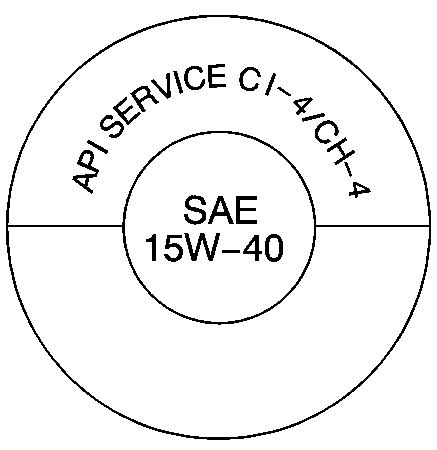
This doughnut-shaped logo (symbol) is used on most oil containers to help you select the correct oil. It means that the oil has been certified by the American Petroleum Institute.
You should look for this on the oil container, and use only those oils that display this logo.
GM Goodwrench® oil of the recommended viscosity grades meets all the requirements for your vehicle.
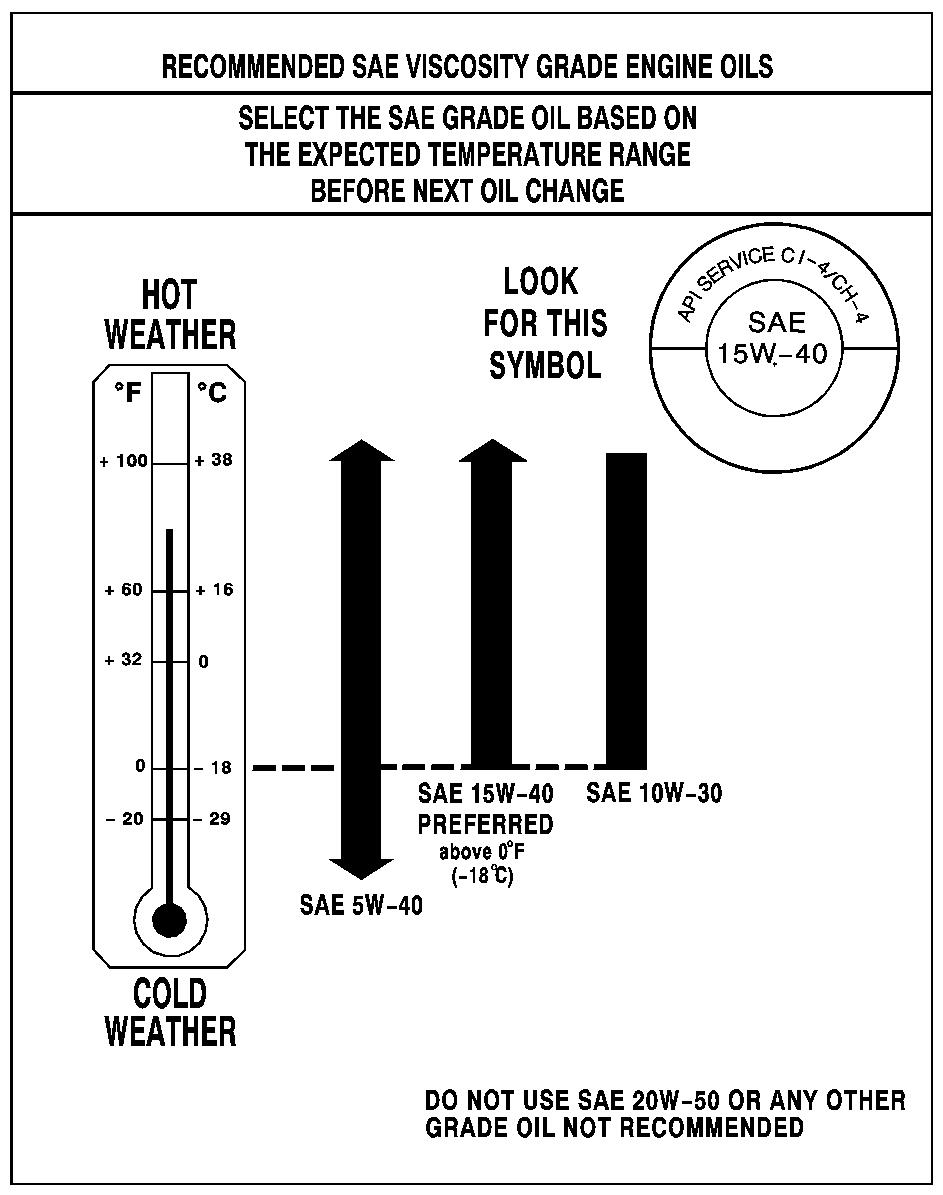
Engine Oil Additives
Don't add anything to your oil. The recommended oils with the API service symbol are all you will need for good performance and engine protection.
When to Change Engine Oil
Change engine oil and filter every 10,000 miles (16 000 km) or every 12 months, whichever occurs first.
What to Do with Used Oil
Used engine oil contains certain elements that may be unhealthy for your skin and could even cause cancer. Don't let used oil stay on your skin for very long. Clean your skin and nails with soap and water, or a good hand cleaner. Wash or properly throw away clothing or rags containing used engine oil. See the manufacturer's warning about the use and disposal of oil products.
Used oil can be a threat to the environment. If you change your own oil, be sure to drain all the oil from the filter before disposal. Never dispose of oil byputting it in the trash, pouring it on the ground, into sewers, or into streams orbodies of water. Instead, recycle it by taking it to a place that collects used oil.If you have a problem properly disposing of your used oil, ask your dealer, a servicestation or a local recycling center for help.
